There is a mathematics that cannot be taught in any classroom. A precise arithmetic of the soul, the body, the past, and the future. One I have witnessed unfold countless times in the fireside shadows of our homesteads, in the subtle gestures of old women in rural villages, and in the haunting, rhythmic chants of initiates dancing their
way into another realm. I call it Spiritual Mathematics. That inexplicable but irrefutable logic that governs the African spiritual world.
For as long as I can remember, I have lived alongside Sangomas. I have seen them called upon in times of birth, death, sickness, and turmoil. Even those who decry them publicly. Christians, atheists, and modernists alike still find themselves whispering their names in the dead of night when affliction strikes, when dreams won’t let them sleep, or when something ancient inside them is stirred.
Yet, despite the omnipresence of Sangomas in our society, their work and wisdom are often shelved as “witchcraft” by the misinformed, the colonially conditioned, and the fervently converted. It is ironic perhaps, tragically so, that in South Africa, where ancestral veneration is so deeply rooted in every culture and community, we still fear and vilify our own.

The Geometry of Spirit
When I speak of Spiritual Mathematics, I speak of the architecture of the unseen. The Sangoma, like a seasoned engineer, reads patterns in illness, sees spiritual imbalance in family structures, detects intergenerational trauma with an almost forensic intuition. Through bones, dreams, rituals, and song, they recalibrate the human being and the spiritual ecosystem they exist in.
The precision of their diagnosis, whether through bone throwing (amathambo, ditaola), dream interpretation, or spiritual visions, is something to behold. I have seen Sangomas describe events, afflictions, and personal histories they could not possibly have known unless there was an intelligence far greater at play. Not guesswork. Not coincidence. Something else. Something rigorous. Measured. Mathematical.
One is tempted to ask: how do they know?

In our world of science and scepticism, we demand repeatability, objectivity, and peer review. Yet, here is a domain that operates on frequency, vibration, ancestral alignment, and a spiritual code that predates Western epistemology by millennia. A Sangoma may not wear a lab coat or have letters behind their name, but many of
them have healed conditions that modern hospitals could only describe as mystery ailments.
The Ritual Economy of the Soul
Africans are ritualistic by nature. Ritual is the language with which we speak to the invisible. From the first cries of birth to the last breath of death, our journey is punctuated by ceremonies, offerings, songs, and blood. Whether it is the imbeleko to introduce a child to the ancestors, the ulwaluko to mark manhood, or the final
ukungcwaba when we return the body to the earth. It is all part of a sacred sequence. A formula. A cosmic syllabus.
And almost always, a Sangoma is consulted. It could be the family matriarch with the gift. Or a respected Gobela who has trained hundreds. It could even be a reclusive village healer whose name is only spoken in whispers. But someone, somewhere, will know who to go to when the mathematics of the spirit needs solving.
This is not superstition. This is not the dark arts. This is a heritage of calculation, just not the kind we were taught to value.

The Crisis of Misunderstanding
Colonialism did more than dispossess us of land, it uprooted our cosmologies. It painted our prophets as witches, our temples as huts, and our rituals as primitive savagery. The Church, for all its good, came armed with holy water and doctrine, determined to drown our drumbeats and incense smoke in scripture.
And so, many of us became ashamed of our own ways. We distanced ourselves from the very sources of wisdom that had sustained our people for centuries.
We allowed missionaries and textbooks to tell us that bones were demonic, that dreams were meaningless, that ancestors were false gods.
Yet, in private, in crisis, and in longing we returned. Quietly. Shamefully. Desperately.
Even today, it is estimated that over 80% of South Africans, regardless of race or religion, consult sangomas. Some openly, most secretly. Politicians. Academics. Celebrities. CEOs. Nurses. Lawyers. The unemployed. The afflicted. All find themselves in the waiting room of a Sangoma’s practice, hoping to decode the things that medicine, therapy, and religion cannot answer.

The Dangerous New Trend: Initiation as Fashion
Lately, however, there has emerged a troubling trend, initiation as fashion. A handful of celebrities and influencers have declared their journeys into sangoma training (ukuthwasa), not out of spiritual calling, but for relevance and branding. Some post their beads and red cloths for likes and views. Some force themselves into initiation as if it were a retreat or spiritual badge of honour.
But this is sacred terrain. One does not choose to be a sangoma; one is chosen. And if you enter this world uninvited, the consequences can be spiritually catastrophic. There are spiritual debts to be paid, ancestral contracts to uphold, and a community of spirits to honour. This is not a performance. This is service. This is burden. This is war and healing at once.
Those who are truly called often suffer years of mental, emotional, and physical torment before they answer the call. It is not glamorous. It is not easy. But for those who heed it, there is a power and peace unmatched.

Good Healers and Dangerous Pretenders
Of course, not all sangomas are righteous. Like in any field, medicine, politics, law, there are charlatans. Some exploit the vulnerable. Some promise miracles for a fee. Some masquerade as healers but are in fact harmers. These are not spiritual mathematicians, they are scammers.
But to paint the entire system with the same brush is both unfair and dangerous. We must develop a discerning eye, not a dismissive one. Not every healer is holy, but neither is every prophet false.

Spiritual Mathematics in the Modern World
How do we, in this modern world of data, AI, and quantum physics, find room for Spiritual Mathematics? Perhaps the question should be: how do we not?
In an age where Western science is only now confirming the intelligence of plants, the power of intention, and the possibility of epigenetic trauma. African spiritual systems stand as ancient technologies waiting to be reclaimed and refined.
We must stop whispering our belief systems. We must re-theorize and re-intellectualize our spiritual technologies, not only as cultural practices but as legitimate modes of knowledge. We must write about them, study them, codify them without corrupting them. Most importantly, we must live them.

There is a sangoma in every village who has been solving equations of the soul longer than many therapists have been practicing. There are grandmothers who diagnose with dreams. Uncles who predict deaths with dreams. Children who walk between worlds.
It is time we honoured them, not as relics of the past, but as vital forces for our future.

Back to the Sacred Board
Spiritual Mathematics is not a metaphor. It is a literal system of spiritual logic, complex, beautiful, accurate. It is neither inferior to Western medicine nor in competition with it. It is another way of knowing. Another way of healing. Another way of remembering who we are.
As we continue to reclaim our heritage, may we also reclaim our sangomas. Not only as healers, but as custodians of a science that was always ours.
And may we, the living, learn to calculate once again in the sacred language of our spirits.
Before one throws bones, before one wears beads or ties the red cloth of the initiated, there is the calling. And it never begins in peace. The calling, ubizo in isiZulu, does not arrive with fanfare or clarity. It arrives as illness, misfortune, mental breakdowns, or persistent dreams that pull at one’s spirit. It arrives as an unshakable restlessness, a sensation of being watched or followed, or the eerie feeling of existing between two worlds. Some experience it as recurring visions, others as voices that speak through them unbidden, in languages they do not know.

Often, those being called are misdiagnosed, by doctors, psychologists, even religious leaders. They are told they are depressed. Possessed. Mentally unstable. But in African metaphysics, this is often the first stage of spiritual awakening. It is the ancestors knocking at the door of your life, demanding recognition, demanding
service.
I have seen this firsthand: young professionals suddenly unable to concentrate, hearing drums in their dreams, inexplicably drawn to fire and rivers. Elders waking up speaking languages they never learned. Children who know the names of people who died long before they were born. These are not myths. These are case studies
in Spiritual Mathematics.

But no one chooses to become a Sangoma. It chooses you. And resisting it can be dangerous.
There are countless accounts of people who tried to run from the calling, only to experience years of turmoil until they surrendered. Once they do, the path of ukuthwasa (initiation) begins, led by a seasoned sangoma called a gobela, who trains the initiate through ritual, discipline, song, dance, sacrifice, and ancestral communion. This training is not symbolic, it is transformational. You emerge not as a performer of rituals, but as a vessel of healing.
Ukuthwasa is, in many ways, the most advanced form of university our ancestors devised. You learn the language of bones. You learn to listen to silence. You learn to read not only bodies, but lineages. You become a spiritual mathematician.
And once that calling is accepted, the life you knew before is no more. You live in service of the spirit. You heal the living, speak to the dead, and balance equations most people cannot see.





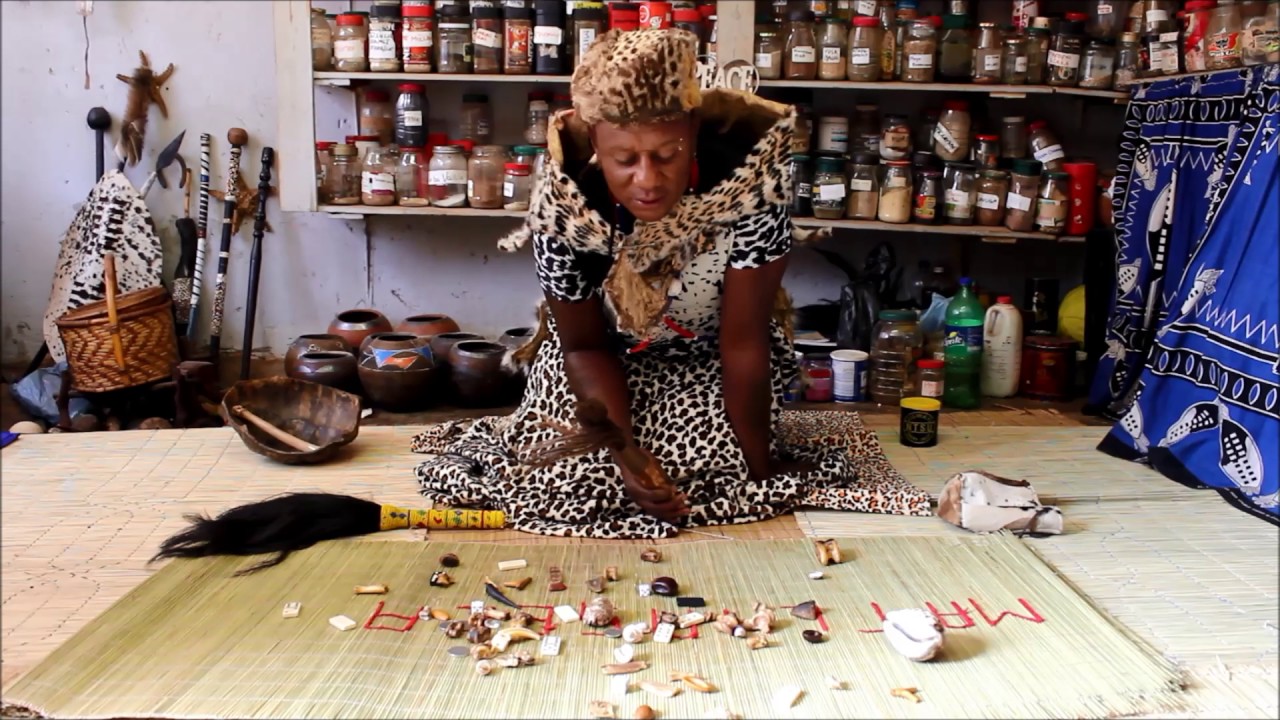

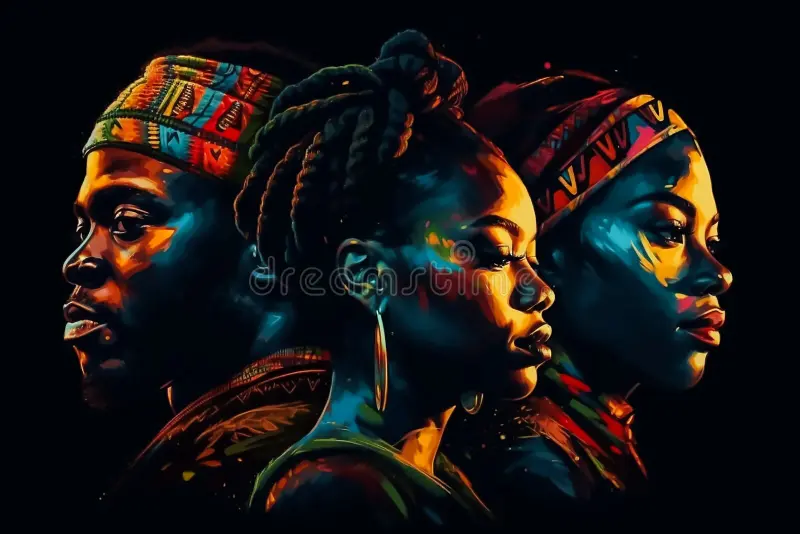
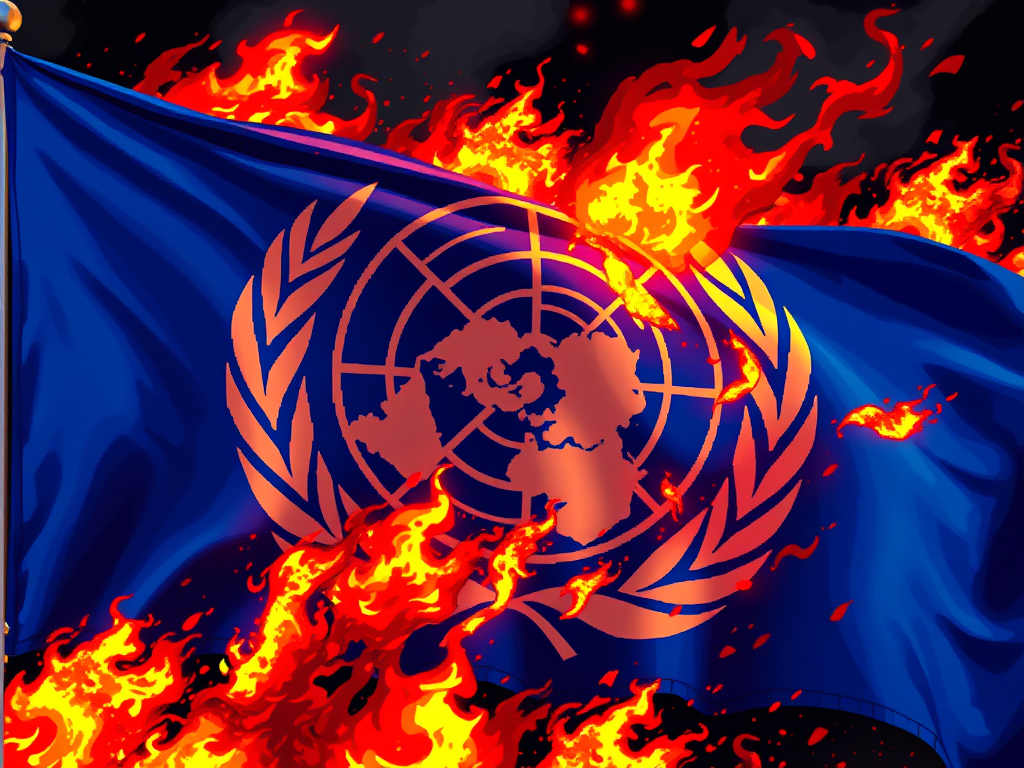
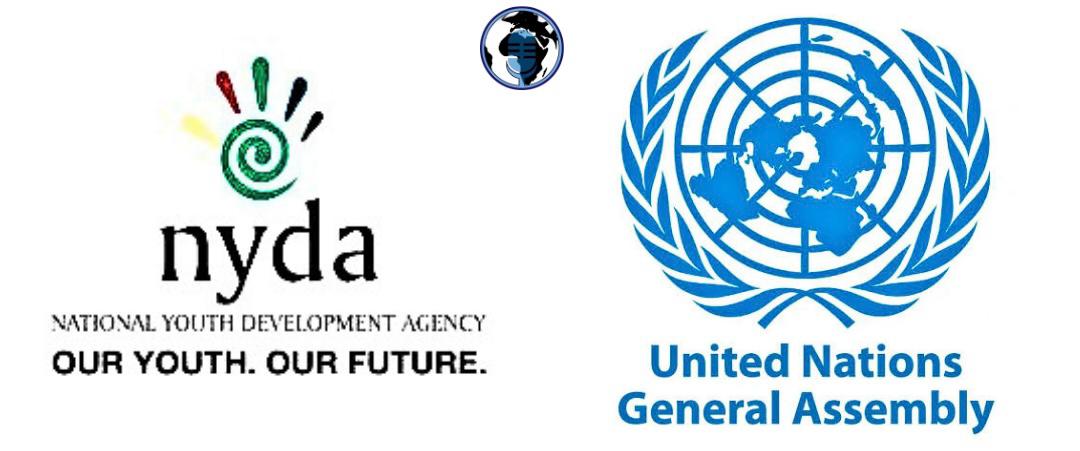
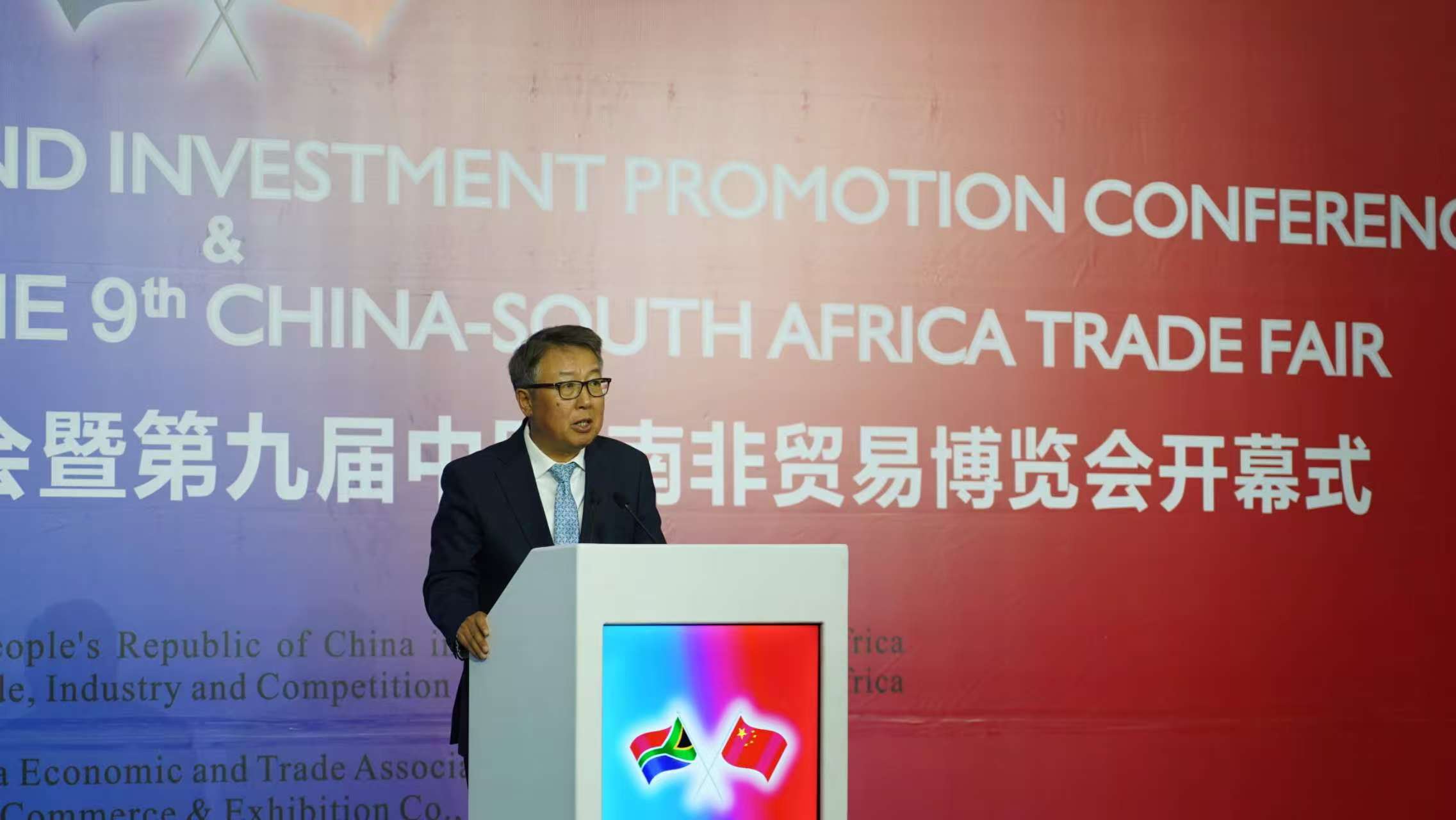
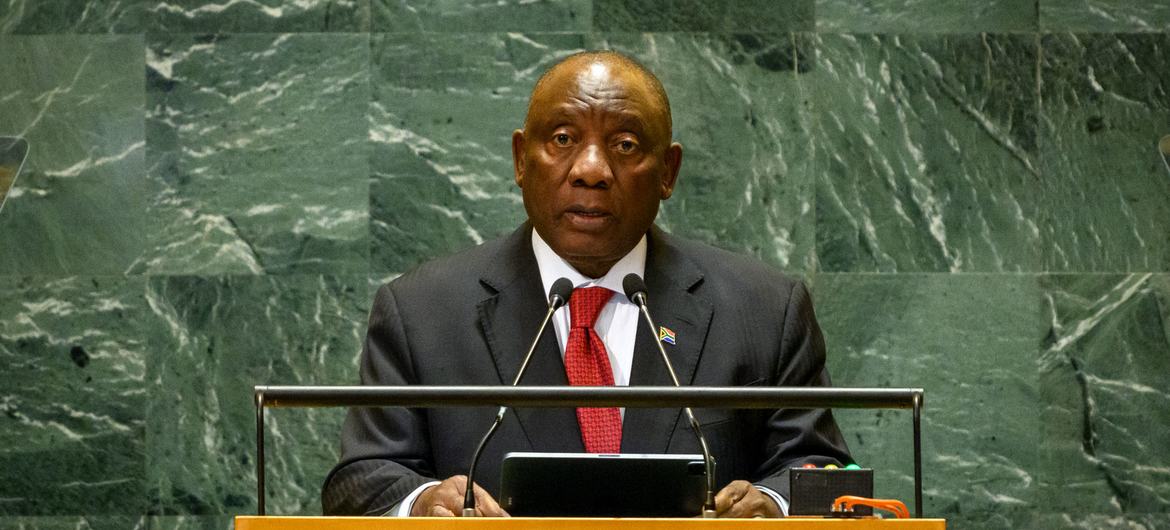
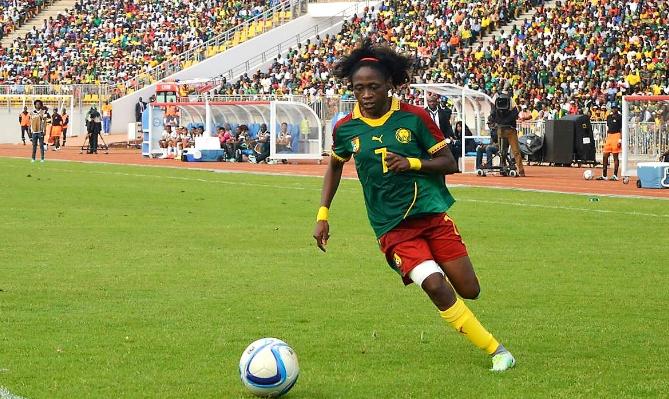
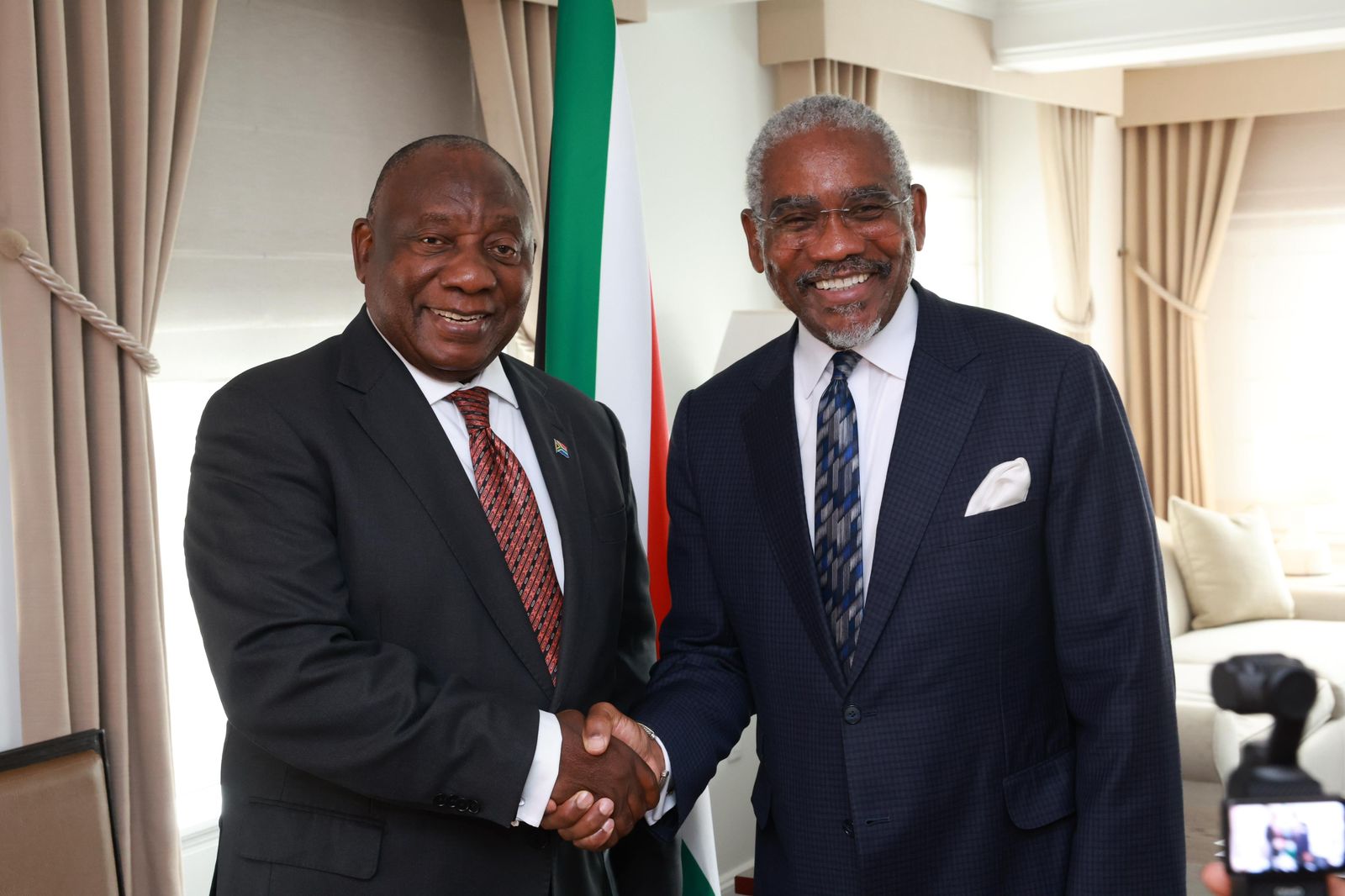
4 Responses
This was a nice read. Slightly disappointed at the use of my images without request to use or at the very least a credit for the source of the image. My image is the black and white one where I’m in trance with other Gogos in the background.
Hi Vuyiswa!
We sincerely apologise for the oversight in using your image without proper permission or credit. This is a complete oversight on our part, and it is never our intention to use anybody’s work without the appropriate acknowledgment. We take intellectual property rights very seriously. To immediately rectify this, we will remove your image. We would further appreciate you sending us the proper credit for this profound image, so that we may have the opportunity to possibly use it in the future. Please let me know how you would like to proceed, and we will ensure that your request is honoured promptly.
We appreciate your understanding and the opportunity to correct this. We are committed to being more diligent moving forward and will review our content policies to help prevent this from happening again.
Sincerely,
Tswelopele
GSMN Editorial Team
A properly thought out and superbly written piece of work. The article is informative and highly objective. It is the type of work that a Gobela (Master Healer) should share with those in training to become amagqirha/sangomas as well as those who have been initiated (abathwasileyo) already.
The pictures are very nice (sorry to Vuyiswa for not getting her consent before using them) and well integrated into the article. I wish I could have contact with the author, Tshepo Koka, for future engagements.
Tjhoo Tshepo! This piece is profoundly layered and deeply discerning.
Growing up as a teenager in the townships, we held izangoma (sangomas) in the same esteem as doctors, nurses, and teachers—the only professionals from the Western world we encountered in our daily lives. But sangomas were revered with an even greater sense of awe. They held a power that transcended the clinical—they were our scientists, our healers, our philosophers.
They were our mathematicians too. While we learned of Pythagoras and Euclid from textbooks, sangomas were the living embodiment of sacred logic—decoding the unseen, calculating the spiritual equations of life, and restoring balance where it had been lost.
When they entered our homes to divine and cleanse, they didn’t just remove isinyama—they revealed it. They brought the hidden into the light, not to shame, but to heal. In a time when the community knew the soul of every household, this act of exposure was a necessary ritual of accountability. And once cleansed, one was marked with isiphanga—a visible sign of renewal and reintegration into society.
Sangomas were the original custodians of what we now call algorithms and artificial intelligence. Long before the digital age, they were coding and decoding the patterns of existence—interpreting the language of animals, insects, plants, and the elements. They read the signs in lightning, rain, sun, and dust. They were the interface between the physical and the metaphysical, the seen and the unseen.
Your article captures this sacred science with such clarity—it’s a powerful reminder that African knowledge systems have always been rooted in logic, precision, and deep spiritual intelligence.
To your point regarding the celebrity sangomas, I had been observing as an ordinary member of the African society the sudden emergence over the last five to ten years of not only the well-known members but virtually every ailment, social ill and anomaly that befell our households and communities was resulting to a diagnosis for every patient, victim and culprit to a “calling” for ubungoma, making it a huge money-spinning racket that ventures into extortion, like the initiation schools!
In my view, those trends and practices are diminishing the respect and honour we have for the profession.
And if you wish, as you know my background as a social documentary photographer, I’d like to forward you a proposal on how we can carry the spirit of your article forward by accessing the essence and depth of this sacred practice to all our youth at arts and cultural centres, youth clubs, African heritage institutions in our communities, in a practicable and interactive way, like all our ancient cultures and traditions.
In the meantime, I will reach out right away to them 😊 online and in social media, in the language that they understand and relate to, through this your Global South Media Network (GSMN) platform. Informing them on how it relates to their lives, education and development as Africans in the modern Artificial Intelligence (AI) age.